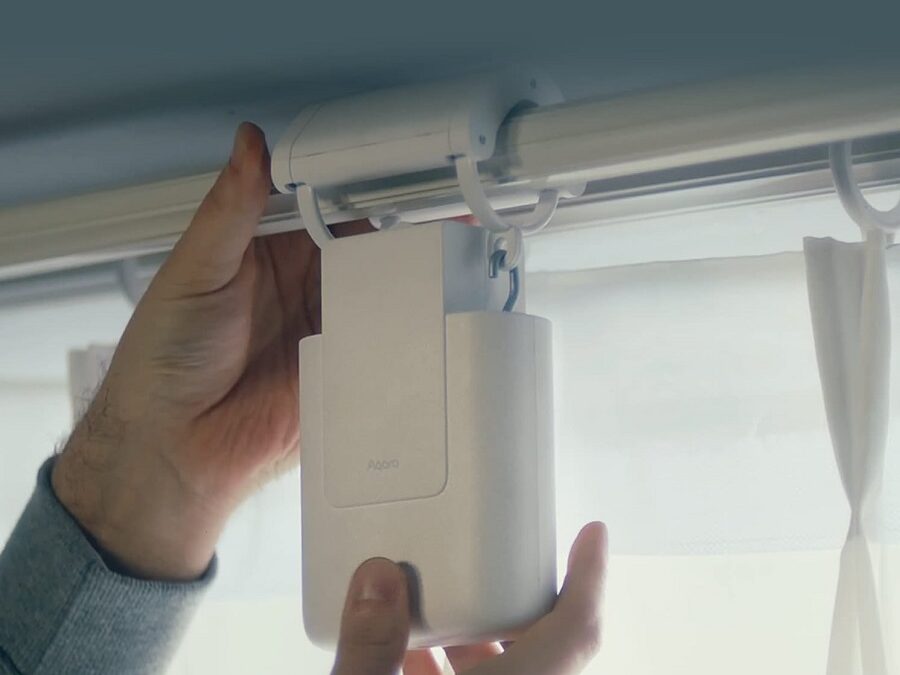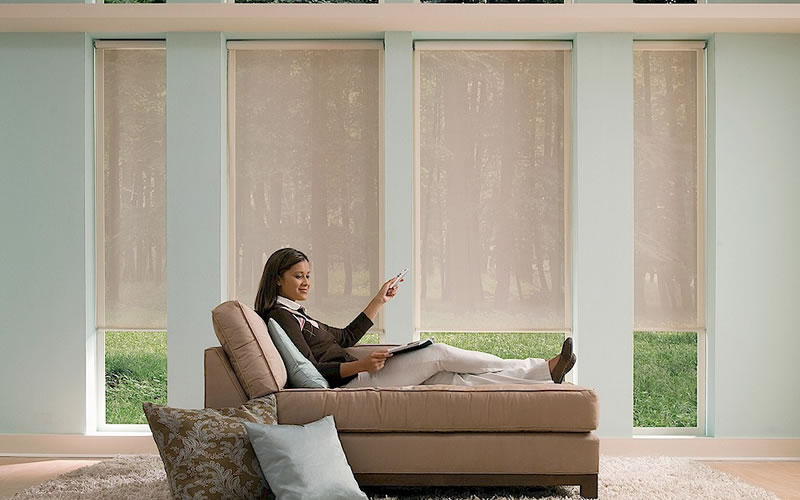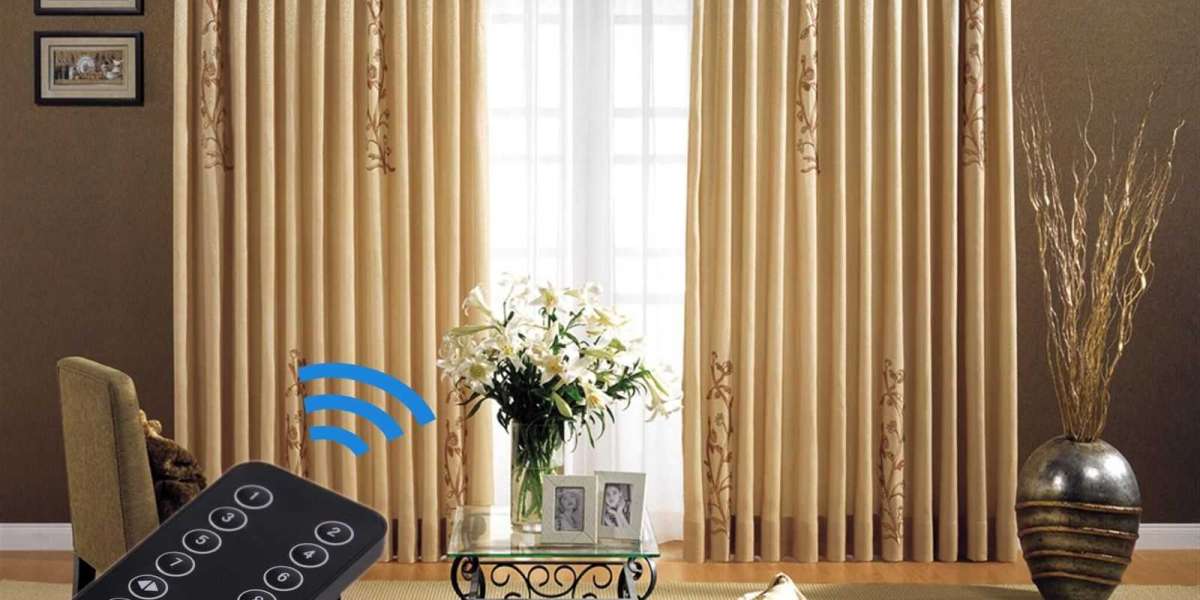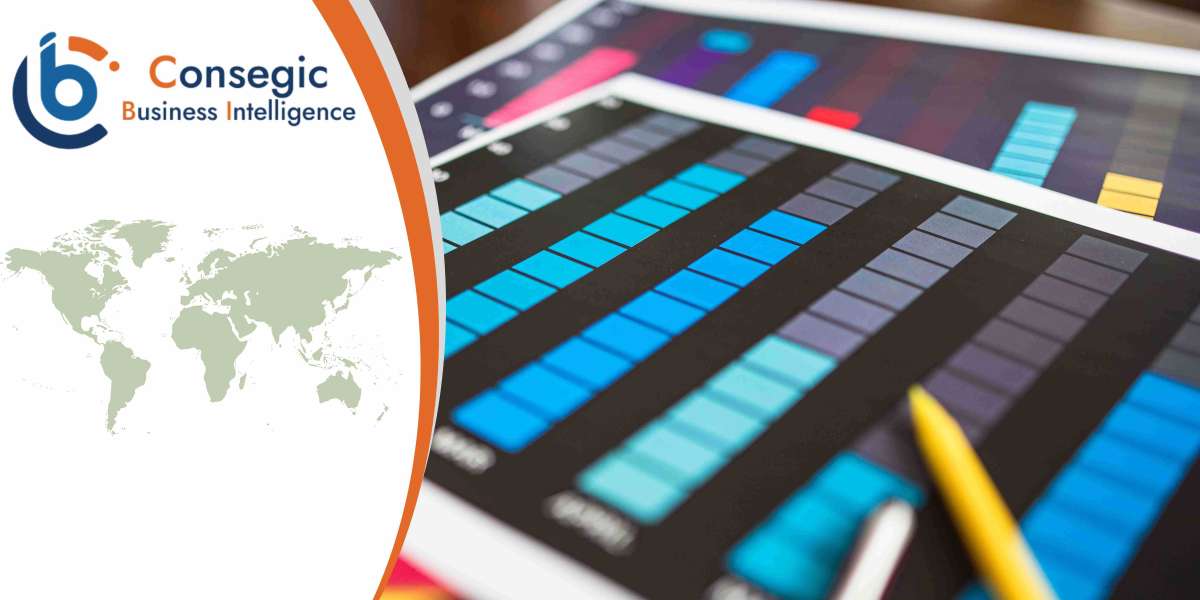In today's era of smart homes and automation, the concept of automated drapes is gaining significant traction. These innovative window treatments offer convenience, energy efficiency, and enhanced aesthetics through the integration of advanced technology. But what exactly powers these automated drapes, and how do they work?
Motorization Systems
At the heart of automated drapes lie sophisticated motorization systems. These systems consist of motors, gears, and pulleys that enable the smooth and precise movement of the drapes. Depending on the design and functionality desired, different types of motorization systems may be employed.
Sensors and Controls

In addition to motorization, sensors play a crucial role in the operation of automated drapes. These sensors detect various parameters such as light levels, temperature, and motion, allowing the drapes to adjust automatically based on environmental conditions. Additionally, intuitive control mechanisms such as remote controls, smartphone apps, or voice commands empower users to effortlessly manage their automated drapes.
Integration with Smart Home Systems
One of the key features of automated drapes is their seamless integration with smart home systems. By connecting to platforms like Amazon Alexa, Google Assistant, or Apple HomeKit, users can incorporate their drapes into broader home automation routines. This integration enables synchronized control of multiple smart devices and enhances the overall convenience and efficiency of the home.
Energy Efficiency Features
Automated drapes are not only convenient but also environmentally friendly. Many models come equipped with energy-saving features that help regulate indoor temperatures and reduce HVAC usage. By automatically opening and closing based on sunlight and temperature levels, automated drapes can optimize natural light and minimize heat gain or loss, thereby lowering energy consumption and utility costs.
Customization and Personalization

Another advantage of automated drapes is the ability to customize and personalize settings according to individual preferences. Users can program specific opening and closing times, adjust the speed and direction of movement, and even create tailored scenes for different occasions. This level of customization ensures that motorized curtains seamlessly integrate into the user's lifestyle and enhance their overall comfort and satisfaction.
Maintenance and Troubleshooting
While automated drapes offer numerous benefits, proper maintenance is essential to ensure optimal performance and longevity. Regular cleaning of the drapes and inspection of the motorization system can help prevent issues such as jamming or motor failure. In the event of any technical problems, troubleshooting guides provided by manufacturers or professional assistance may be required to address the issue effectively.
Installation Process
The installation process for automated drapes can vary depending on factors such as window size, mounting options, and complexity of the system. While some homeowners may opt for DIY installation kits, others may prefer professional installation services to ensure proper setup and calibration. Regardless of the chosen method, careful planning and attention to detail are essential to achieve satisfactory results.
Cost Considerations
When considering automated drapes, it's important to weigh the upfront costs against the long-term benefits. While initial investment may be higher compared to traditional drapery systems, the potential savings in energy costs and the added convenience and comfort can justify the expense for many homeowners. Additionally, the scalability and customization options available with automated drapes offer flexibility to accommodate various budgets and preferences.
Advantages Over Traditional Drapes
Compared to traditional drapes, automated drapes offer several distinct advantages. In addition to the convenience of remote operation and integration with smart home systems, automated drapes can enhance security by simulating occupancy when homeowners are away. Moreover, the precise control over lighting and privacy levels contributes to a more comfortable and enjoyable living environment.
Applications in Different Settings
Automated drapes are not limited to residential use; they also find applications in commercial settings such as offices, hotels, and conference centers. In these environments, automated drapes offer practical benefits such as glare reduction, light management, and privacy control. Furthermore, the sleek and modern design of automated drapes can complement various architectural styles and interior decor themes.
Future Trends and Innovations
Looking ahead, the future of automated drapes holds exciting possibilities for further innovation and advancement. With ongoing developments in sensor technology, connectivity, and energy efficiency, we can expect to see even more intelligent and responsive drapery systems in the years to come. From self-adjusting fabric compositions to AI-powered control algorithms, the evolution of automated drapes promises to redefine the way we experience our living spaces.
User Experience and Customer Satisfaction

Ultimately, the success of automated drapes hinges on the user experience and customer satisfaction. Positive feedback from homeowners and businesses alike underscores the value and utility of these innovative window treatments. As technology continues to evolve and consumer expectations shift, manufacturers will undoubtedly continue to refine and improve automated drapes to meet the ever-changing needs of their users.
Conclusion
In conclusion, the technology powering automated drapes represents a convergence of innovation, functionality, and convenience. From motorization systems and sensors to smart home integration and energy efficiency features, automated drapes offer a compelling solution for modern living. As we look to the future, the continued advancement of technology promises to further enhance the capabilities and versatility of automated drapes, ensuring they remain a cornerstone of smart home design for years to come.
FAQs
Are automated drapes difficult to install?
While DIY installation kits are available, professional installation services may be recommended for optimal results, especially for complex systems.
Can automated drapes be controlled remotely?
Yes, automated drapes can be controlled remotely via smartphone apps, voice commands, or dedicated remote controls.
Do automated drapes consume a lot of electricity?
No, many automated drapes come equipped with energy-saving features that help minimize electricity consumption by optimizing natural light and temperature levels.
Are there options for customization with automated drapes?
Yes, users can customize various settings such as opening and closing times, speed of movement, and integration with smart home systems to suit their preferences.
Can automated drapes be integrated with existing smart home setups?
Yes, automated drapes are designed to seamlessly integrate with popular smart home platforms such as Amazon Alexa, Google Assistant, and Apple HomeKit.


